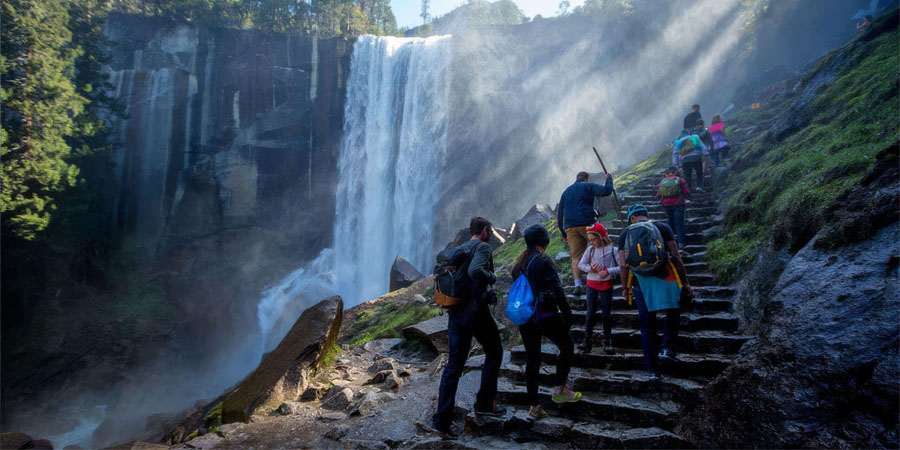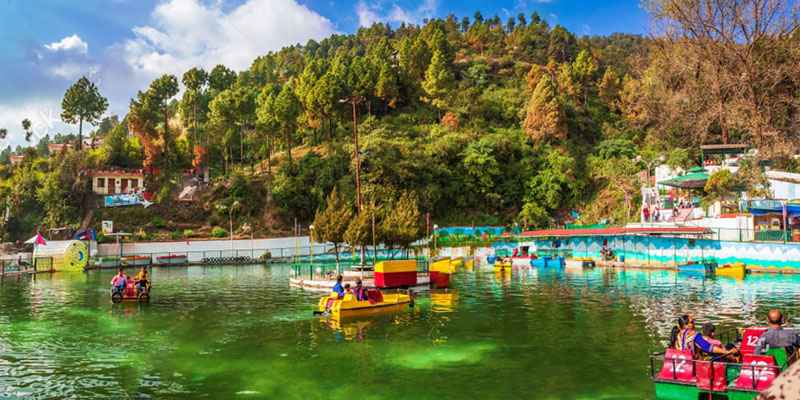Mountains have fascinated humankind for centuries. They represent strength, resilience, mystery, and a deep connection with nature. Among all the peaks on Earth, one question has been asked repeatedly: Which is the highest mountain peak in the world? The straightforward answer is Mount Everest, often referred to as the “Roof of the World.” However, the story of this majestic mountain, its measurement, history, and significance, is far richer and more fascinating than a simple elevation figure.
Mount Everest: The Crown of the World
Mount Everest, standing tall in the Himalayas, is the highest mountain peak in the world above sea level, with its officially recognized height of 8,848.86 meters (29,031.7 feet). This figure was confirmed in 2020 after a joint survey conducted by China and Nepal.
The mountain lies on the international border between Nepal and the Tibet Autonomous Region of China, and it has two main climbing routes: the southern route via Nepal (the most popular path) and the northern route via Tibet.
The Discovery and Measurement of Everest
The mountain we now call Mount Everest has not always borne this name. It was initially referred to as Peak XV during the 19th century, when the Great Trigonometrical Survey of India was being conducted by British surveyors. In 1856, after extensive surveys using advanced methods of that time, it was found to be the tallest in the world.
It was later named “Everest” after Sir George Everest, the then Surveyor General of India. Interestingly, Sir George Everest himself was not in favor of the mountain being named after him, but the name stuck and became internationally accepted.
However, the peak has local names that predate this English designation. In Nepali, it is called Sagarmatha, which means “Forehead of the Sky.” In Tibetan, it is referred to as Chomolungma, meaning “Goddess Mother of the World.” Both names reflect the deep spiritual and cultural importance of the mountain to those who live near it.
A Closer Look at Its Height
Though Everest is universally recognized as the highest mountain above sea level, the measurement has not been without debate.
- In 1856, the mountain’s height was calculated at 8,840 meters (29,002 feet).
- Later, in 1955, an Indian survey recorded its height as 8,848 meters, a figure that remained standard for decades.
- A Chinese survey in 2005 placed the height slightly lower—8,844.43 meters—arguing that ice and snow should not be included in the measurement.
- Finally, in 2020, after a joint Nepal-China expedition, both countries announced the agreed-upon official height: 8,848.86 meters.
This joint measurement ended years of debate and settled Everest’s claim as the tallest peak above sea level.
Why Not Mauna Kea or Chimborazo?
Although Mount Everest tops the list from sea level, some argue that it is not technically the tallest when considering other criteria.
- Mauna Kea in Hawaii: If measured from its base on the ocean floor, Mauna Kea is over 10,000 meters (33,500 feet) tall, far surpassing Everest. However, much of the mountain is submerged under the Pacific Ocean, so it does not hold the same record officially.
- Mount Chimborazo in Ecuador: Chimborazo is not the tallest mountain in terms of elevation above sea level, but its peak is the farthest point from Earth’s center due to Earth’s equatorial bulge. This means that technically, standing on Chimborazo’s summit would place you closer to outer space than standing on Everest.
Despite these facts, the universally accepted title of “highest mountain” belongs to Everest because the definition is based on elevation from sea level.
The First Climbs and Human Challenges
Mount Everest has always symbolized the ultimate challenge for climbers. Its intimidating height and extreme environment test human endurance in ways few other places can.
The earliest attempts to climb Everest began in the 1920s. British expeditions tried to reach its summit from the northern side in Tibet. In 1924, George Mallory and Andrew Irving famously disappeared high on the mountain, sparking one of mountaineering’s greatest mysteries: did they reach the summit before their deaths?
The first confirmed successful ascent came on 29 May 1953, when Sir Edmund Hillary of New Zealand and Tenzing Norgay, a Sherpa climber from Nepal, reached the top via the South Col route in Nepal. This historic achievement turned Everest into a global icon.
Since then, thousands of climbers from around the globe have attempted to reach the summit. As of the 21st century, hundreds make it each year, though not without significant dangers. Thin air, extreme cold, avalanches, and the notorious “death zone” above 8,000 meters make climbing Everest a life-threatening undertaking.
Environmental and Cultural Significance
Mount Everest holds more than just geographical importance. For the people of Nepal and Tibet, it is a sacred place, associated with myths, spirituality, and cultural identity. Sherpa communities who live around the mountain see it not only as a livelihood but also as a divine presence.
At the same time, modern climbing expeditions have raised concerns about the environmental toll. Increased mountaineering has led to problems like overcrowding, waste accumulation, and pollution on the mountain slopes. Nepal and China have launched initiatives to clean up Everest and regulate climber numbers, but challenges remain in balancing tourism, economics, and environmental preservation.
Symbol of Human Aspiration
Everest is not just a mountain; it is a symbol of what humans are capable of achieving. Climbers describe the feat not only as a physical conquest but also as a spiritual and emotional journey. To stand on the roof of the world, looking out across endless clouds and peaks, is an immortal dream for many adventurers.
Yet, reaching the summit also reminds us of the limits of human power. Many climbers have lost their lives on Everest, including seasoned mountaineers, reminding us that nature is always stronger than our ambitions.
Conclusion
So, when we ask, Which is the highest mountain peak in the world?—the answer is resounding: Mount Everest. At 8,848.86 meters above sea level, it remains the undisputed ruler of our planet’s mountains. But Everest is more than a number on a map. It is a cultural treasure, a scientific wonder, an ecological challenge, and an eternal symbol of human courage.
Climbing Everest may not be everyone’s dream, but its towering presence inspires us all. It reminds us that there will always be peaks to conquer in life—whether they are mountains of rock or challenges within ourselves.











